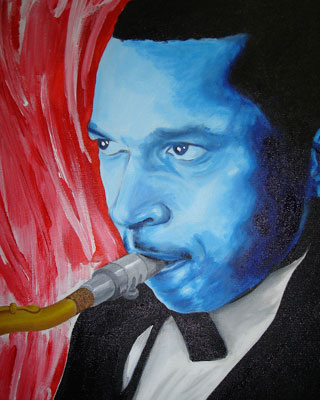
“We know music can calm, influence creativity, can energize. That’s great. But music’s role in recovering from disease is being ever more appreciated.” – Dr. Ali Rezai, director of the Center for Neurological Restoration at Ohio’s Cleveland Clinic
Music as medicine is the latest notion in the long-established principle that music affects physiology. It’s a mellifluous dance of organized vibrations in the air striking an eardrum, with the vibrations being transferred through bones and nerves into the gray matter of your brain. Listening to music, or any sound really, is the act of your body translating physical motion into aural playback in your mind.
Expanding the scope a bit, consider this:
- Music begins as a concept in a musician or composer’s mind, a purely cerebral activity.
- It is then transferred into either the physical act of playing an instrument, or composing.
- If composed, it takes the vision of a musician to read (intake) the notes and convert them to the appropriate physical movement, whether vocal or instrumental
- Once the music is performed, it makes its way into a listener’s ear and sent along to the brain, where the snapping of synapses creates playback inside the listener’s mind
It’s a circular experience, beginning and ending in the mind.
But what if that’s not where the journey ends?
This is what a recent MSNBC article attempts to answer. The thought is that the journey continues past the mind and actually influences physical behavior and recovery from injury:
“Research has already shown that if you play a piece — like Mozart — at a certain slow beat, the listener will adapt their heart beat to the beat of the music.” – Dr. Claudius Conrad, senior surgical resident at Harvard Medical School; pianist
This extra leg of the aural journey, from listening to physical response, is detailed in the article: the synaptic pulse in your brain, in addition to stimulating your auditory cortex, also hits the hypothalamus, which controls heart rate and respiration in addition to stomach and skin nerves. This is why a tune can “give you butterflies or goose bumps.”
The journey also includes the chemical, in the form of hormones. It was found that, in addition to a reduction in blood pressure and heart rate, critically ill patients can show a “50 percent spike in pituitary growth hormone” when listening to Mozart sonatas. This hormone is known to stimulate healing.
So what does that mean for the aspiring musician looking to make a living?:
“At Cleveland Clinic, Rezai and other neurosurgeons collaborate with The Cleveland Orchestra to compose classical pieces to play for patients during brain operations.”
And one of the oldest instruments, the harp, is still the go-to solution for music therapy:
The harp is the only instrument that has 20 to 50 strings and is open, unlike, say, a violin. When a harpist strikes a chord, she also opens vibrations in strings just above and below the few she plucks. Those vibes… are absorbed by the body.
The world of medicine is becoming entwined with the world of music, which is likely to result in a whole new cache of careers and job opportunities for musicians and doctors alike.




 Posted by Mark
Posted by Mark 










